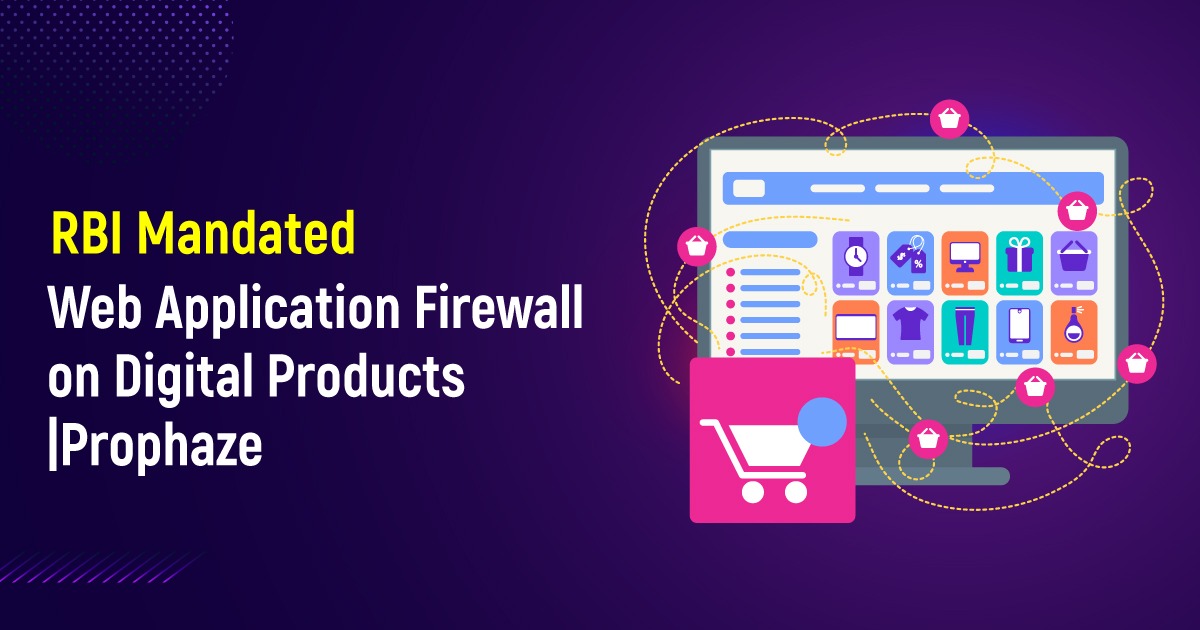Unmasking the Threat to Online Services
Cyber threats are becoming more common in an ever-changing digital age, where virtual platforms continue to rule our daily lives. As a result, the seriousness of a distributed denial of service (DDoS) attack was demonstrated. Targeting websites and online services spanning various industries at varying scales has made DDoS attacks much more prevalent.
Overwhelming traffic on the website causes service interruptions and inconvenience for users because it disrupts normal operations. Understanding the nature of DDoS attacks is critical for ensuring the integrity and availability of online platforms.
Examples of DDoS Attacks in Action
Suppose that there is an online marketplace called ‘ShopNow,” which serves as an illustration of how DDos attacks can happen. One fine day, ShopNow launches an enormous sale, which causes thousands of shoppers to feel excited about getting discounts. On the other hand, a group of hackers wants to cause trouble and disrupt the sale. They planned and carried out a distributed denial of service attack on ShopNow’s website.
During a DDoS attack, ShopNow’s website became extremely slow or entirely unusable. Long loading times or error warnings frustrate genuine consumers who want to browse and make purchases. The perpetrators intend the interruption to damage ShopNow’s brand, result in financial losses, and annoy consumers.
In this case, the goal of the DDoS assault is to stop the online business from operating at a vital moment, which would hurt sales and the overall consumer experience. It demonstrates how DDoS assaults may harm companies and their clients by flooding their website servers with fictitious traffic.
The hackers use a botnet, which is a network of compromised computers, to flood ShopNow’s servers with traffic as if everyone on the planet had been transported here at once and the streets could no longer accommodate them.









